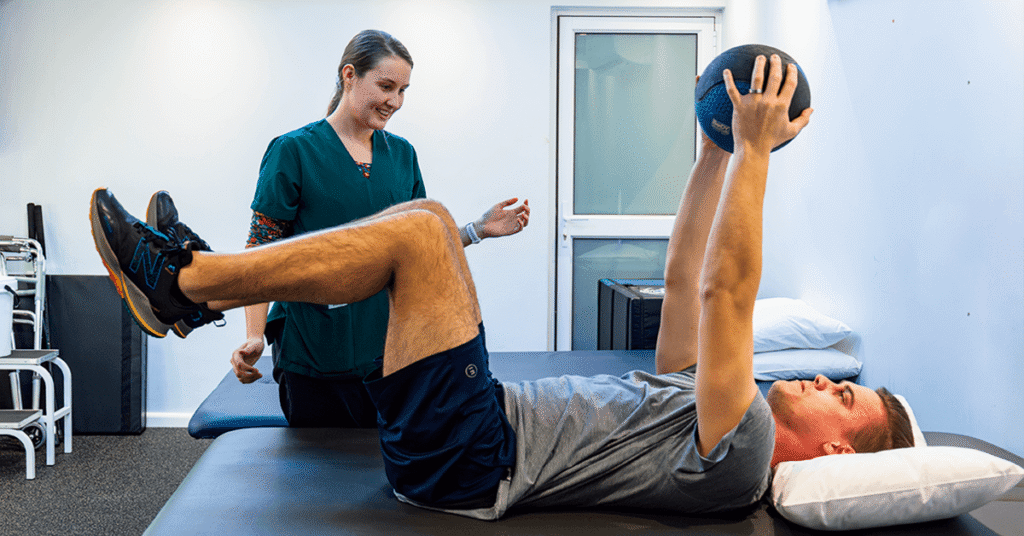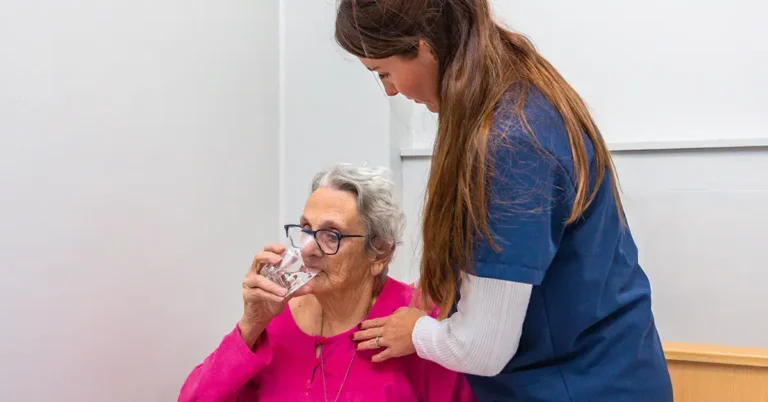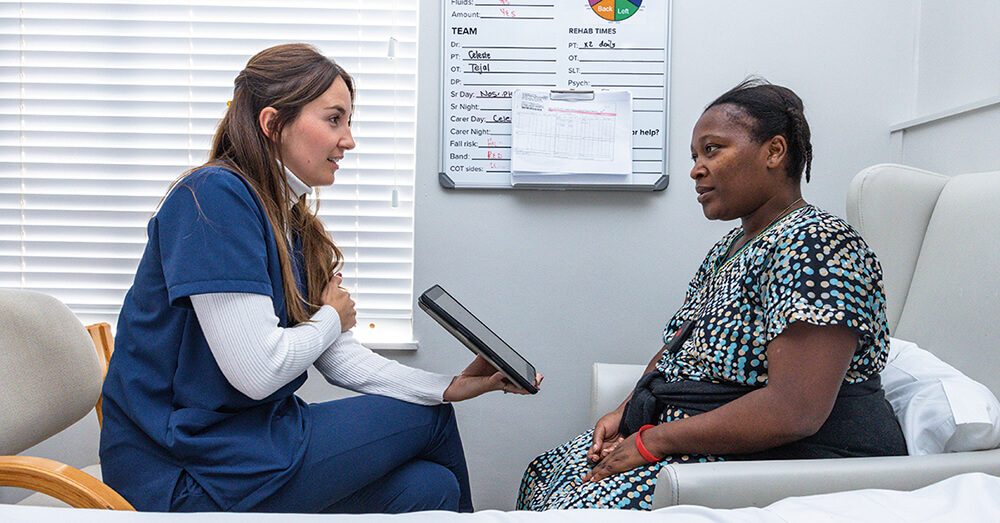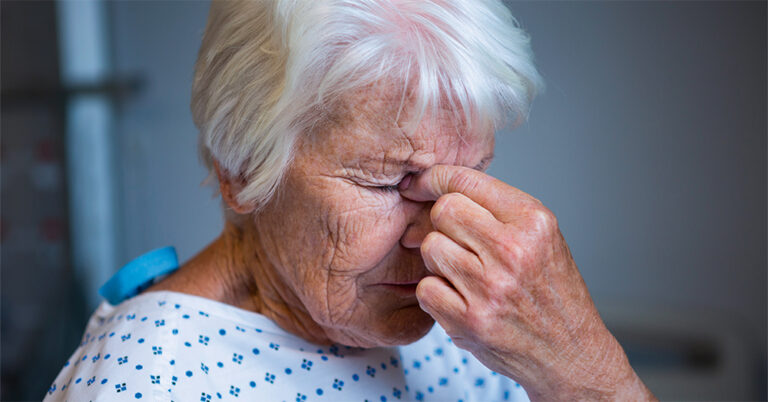Insights from Sasha Prinsloo, Occupational Therapist at Faircape Health Tokai Estate.
When a patient is admitted to a physical rehabilitation facility, they expect to meet doctors, nurses, and physiotherapists, but many are surprised when they hear about occupational therapy (OT). Most people know OT in the world of pediatrics and in helping children develop valuable skills but OT plays a powerful role in adult rehabilitation too, supporting recovery, independence, and quality of life.

Occupational therapists are just one of the many professionals walking alongside a patient in their rehabilitation journey. As Occupational Therapists we have a unique focus in helping people do again. Whether it’s dressing, driving, cooking, or returning to work, being able to do these everyday tasks is central to both health and identity. When we can do the things that matter to us, we feel whole.
Why patient feedback matters in OT
In rehabilitation, quality assurance is not just about measuring outcomes or ticking clinical boxes.
Quest is a tool developed by the World Federation of Occupational Therapists (WFOT) to measure quality in occupational therapy services, and one key indicator is person-centredness. This focuses on the experiences and perspectives of individuals receiving occupational therapy.
One of the strongest measures of OT quality is patient voice. No scoring system or report can capture the experience as powerfully as receiving feedback directly from the individual who lived it.
What Patients Tell Us
Here are just some of the ways patients have described their journey with OT in rehabilitation:
“Being able to do more independently, and building my confidence.”
“I learnt different ways to do things which helped a lot.”
“I am able to dress now.”
“I am more mobile with my wheelchair and can do ADLs in it.”
“I am happy. It was very encouraging to see what I can do in a situation like mine.”
“80% of my functional ability was restored.”
“The occupational therapist has given him the confidence to try harder but always remained friendly and respectful.”
“For opening my mind to things I didn’t think of, like returning to driving, which is something I thought I would not be returning to.”
“I thoroughly enjoyed the cognitive stimulating sessions, so much so I could return to light work.”
“Gave me my independence back.”
“I can shower now and the carer was so impressed with me!”
“Focused on upper body strength so I could perform bathroom transfers better.”
“Helped me to regain strength and walk by myself without aid.”
“Made things safer.”
“My arm is better now than when I arrived.”
“With my home exercise programme, I’ve regained independence. I can grip bottles, tie bags, and use a computer mouse again.”
“Improved balance and confidence in my ability.”
These comments show us that occupational therapy is not abstract. It’s about the small and big wins that restore dignity, confidence, and independence.
Rehabilitation is a team effort, with each professional adding their important contribution to the recovery journey. Occupational Therapists help patients get back to doing, which builds health, confidence, and identity.
As one patient so beautifully put it, “I got my independence back”, which in our opinion, is a great way to describe the purpose of Occupational Therapy.



